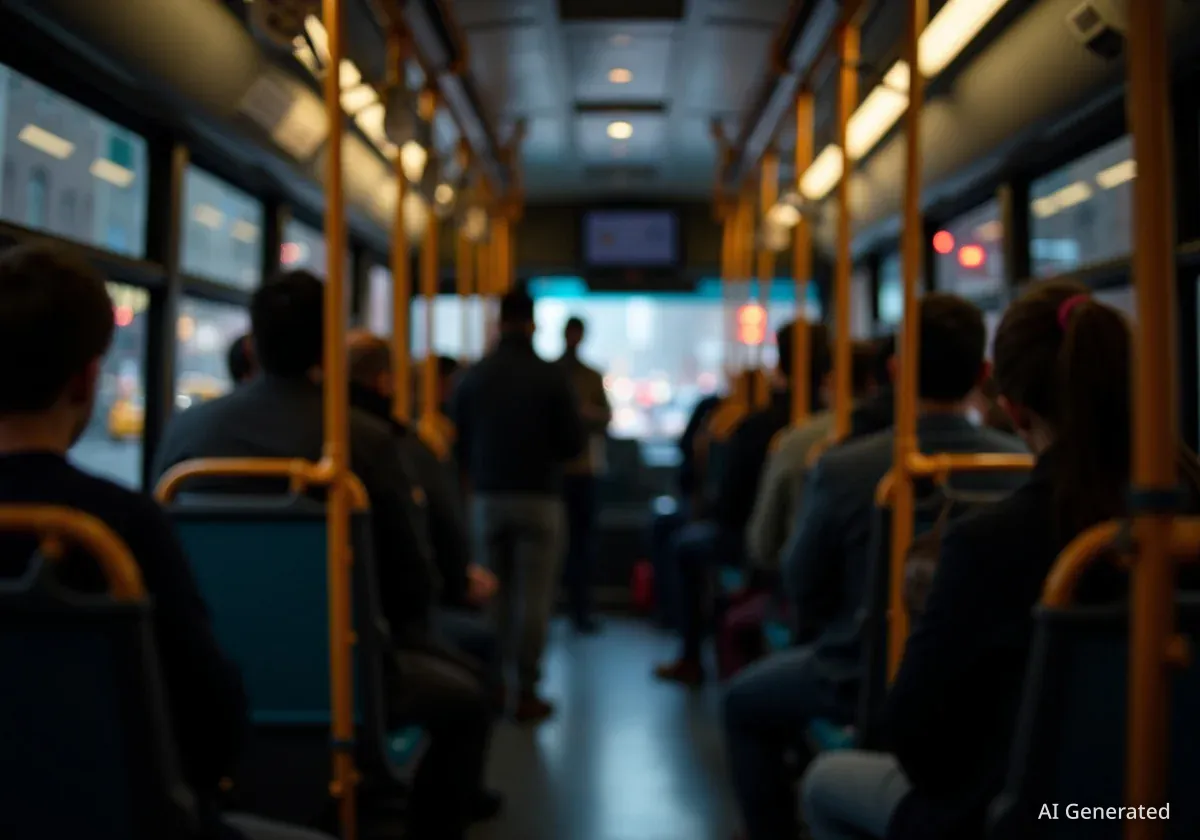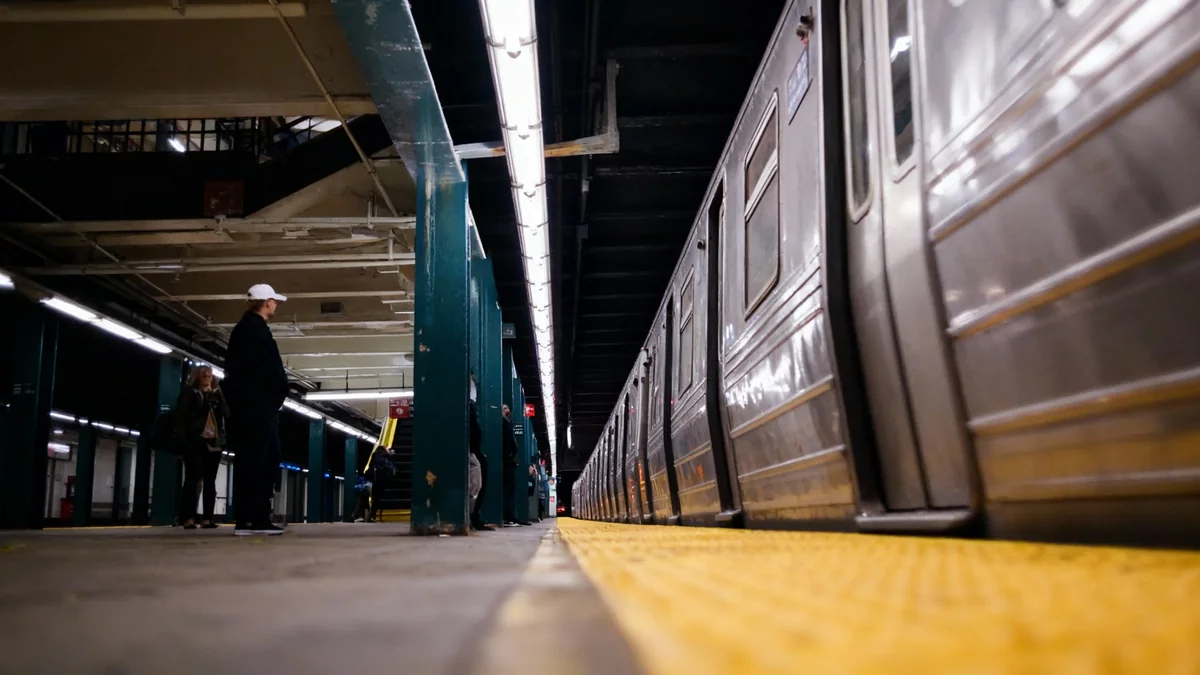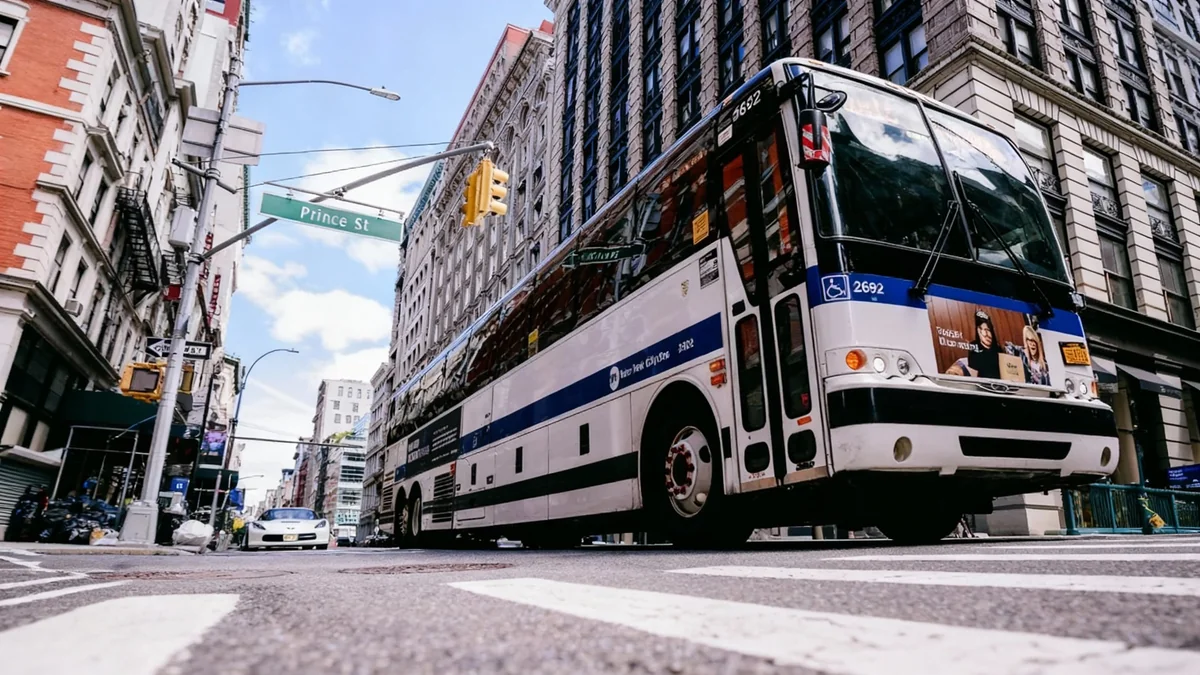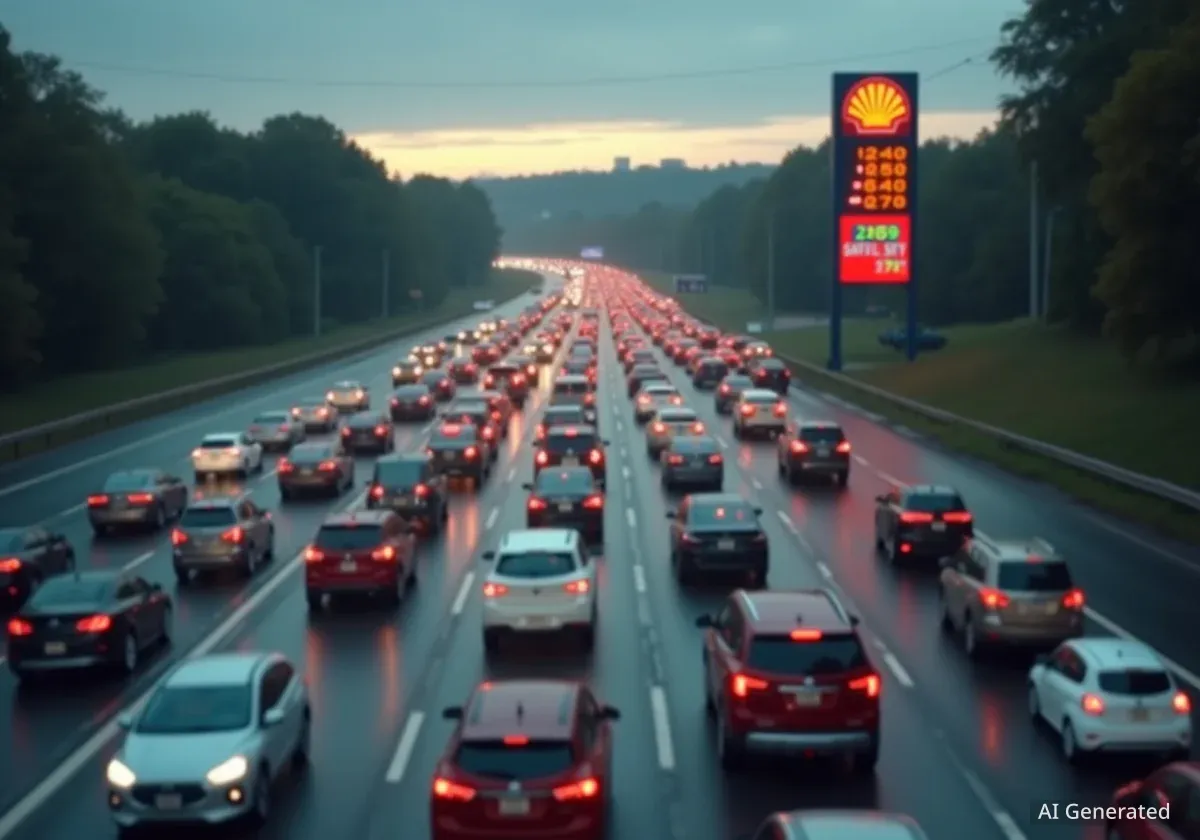The question of making public bus transit free in New York City is sparking a significant debate among transit advocates and urban planners. While some see it as a key to increasing ridership and improving urban mobility, others argue that focusing on service frequency and reliability is a better use of limited public funds. This discussion comes as mayoral candidate Zohran Mamdani champions a proposal for free and faster buses, drawing attention to a pilot program that offered free rides on several lines last year.
Key Takeaways
- Mayoral candidate Zohran Mamdani proposes making all New York City buses free and faster.
- A temporary pilot program offered free rides on five NYC bus lines last year.
- Supporters argue free fares would increase ridership and speed up boarding.
- Skeptics believe service frequency and reliability are more important than cost.
- Other U.S. cities have seen mixed results with free transit initiatives, facing funding challenges.
The Push for Free Bus Service
Melanie Marrero, a Bronx resident, recently expressed her support for free bus service while waiting for the Bx18 bus with her two young children. She highlighted the current cost of $2.90 per ride, noting its impact on daily expenses. "Why not? Yes, it definitely should," Marrero stated. "Because, as you see, it's like almost three dollars, and it's going to go up."
Her sentiment reflects a broader desire among many riders for more affordable public transportation. The Bx18 was one of five bus lines that operated without fares for a period last year. This temporary program was backed by State Assemblyman Zohran Mamdani, who has now become a leading voice for free transit in his campaign for mayor.
Mamdani's platform includes a clear pledge:
"As mayor, I'll make every bus fast and free."This message resonated with voters, helping him secure a strong win in the Democratic primary. His focus on affordability and accessibility for public transit is expected to be a central topic in upcoming mayoral debates.
Did You Know?
The current adult fare for a single bus ride in New York City is $2.90. This cost can accumulate quickly for daily commuters and families.
Arguments for Zero-Fare Transit
Proponents of free bus service emphasize the benefits for urban mobility and social equity. Charles Komanoff, an economist and long-time transit advocate in New York, supports Mamdani's vision. Komanoff believes that making buses free would not only increase access but also improve efficiency.
According to Komanoff, allowing passengers to board through all doors simultaneously, rather than queuing to pay, would significantly reduce dwell times at stops. "When you make the buses faster, that also incentivizes people to ride the bus who might otherwise now be taking an Uber, taking somebody's car, you know, taking a taxi or whatever," Komanoff explained. This shift could lead to less traffic congestion and a more environmentally friendly urban environment.
Background on NYC Transit
New York City operates the largest bus network in the United States, serving millions of riders daily. The Metropolitan Transportation Authority (MTA) manages the city's vast public transit system, which includes subways, buses, and commuter rail. Funding for this extensive system comes from a combination of fares, taxes, and government subsidies.
Concerns and Alternative Approaches
Despite the enthusiasm from some, the concept of free bus service faces skepticism from other transit experts. Eric Goldwyn, program director at the Marron Institute of Urban Management at New York University, is one such critic. Goldwyn's research suggests that for many riders, the primary concerns are not cost, but rather the frequency and reliability of bus service.
"It's not the first thing I would do," Goldwyn said regarding free fares. He argues that investing in more frequent schedules and dedicated bus lanes would be more effective in attracting riders away from private vehicles. "The way you get people on the bus is by making it faster, more frequent and more reliable," he added. "That's where I would focus my energy before I would focus on free."
Operating a bus system is expensive, and fare collection contributes to funding. While fares are rarely the sole source of revenue, they are a consistent one. Replacing this revenue stream requires alternative, sustainable funding mechanisms.
Lessons from Other Cities
Several U.S. cities have experimented with fare-free transit, yielding mixed results:
- Boston, Massachusetts: Utilized federal funding to make three popular bus lines free. This targeted approach allowed the city to test the concept on high-ridership routes.
- Alexandria, Virginia, and Olympia, Washington: Eliminated fares across their entire bus systems. These cities sought to increase accessibility and reduce operational complexities associated with fare collection.
- Kansas City, Missouri: The regional transit authority eliminated fares in 2020. However, this initiative faced significant challenges, primarily related to funding.
Eric Bunch, a Kansas City councilman and member of the Kansas City Area Transportation Authority, discussed their experience. "We just never found a sustainable funding source to replace the $10 million a year out of the fare box," Bunch stated. While ridership remained stable during a period when many cities saw declines, security concerns also arose, with drivers reporting more interactions with homeless individuals on board.
Ultimately, financial sustainability proved to be the biggest hurdle for Kansas City's fare-free model. "The problem in most American cities is that we don't adequately fund public transit. That's the bottom line," Bunch emphasized. Kansas City's transit authority plans to reintroduce fares in the spring, serving as a potential cautionary example for other large cities like New York.
The Future of NYC Buses
Despite the challenges observed in other cities, Zohran Mamdani remains committed to his plan for New York. He acknowledges that simply making buses free is not enough. During a recent press conference held on an M57 bus, one of the city's slower lines, Mamdani stressed the need for simultaneous infrastructure improvements.
"It can't just be making it free alone. You have to be making it free while actually making the infrastructure for it to be fast," he told reporters. He believes that City Hall has the power to prioritize these changes but suggests that past administrations have not focused enough on bus transit.
The debate highlights a critical decision point for New York City's public transportation strategy. Balancing affordability, efficiency, and financial sustainability will be key as mayoral candidates and transit advocates continue to discuss the best path forward for the city's extensive bus network.





